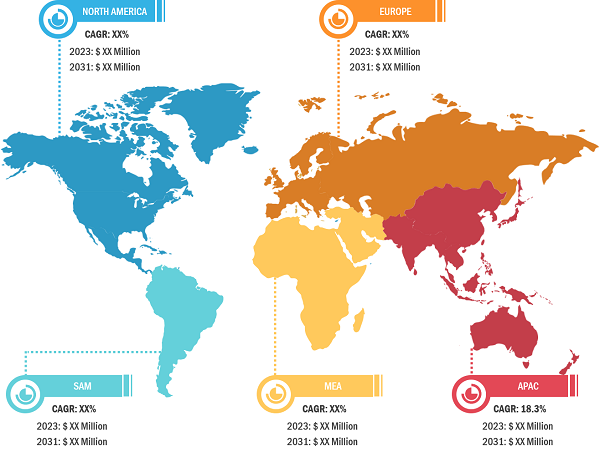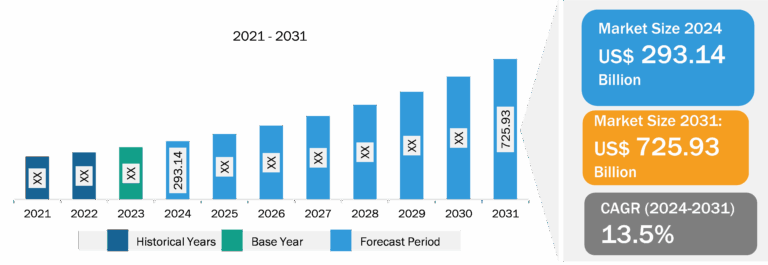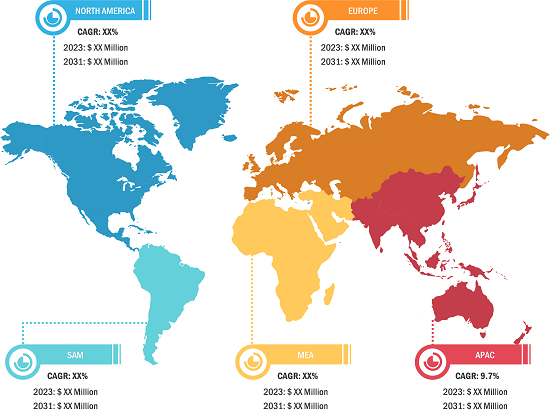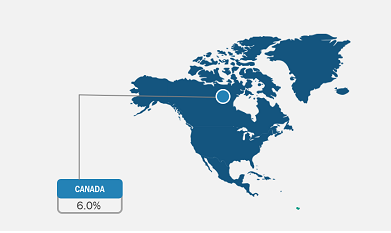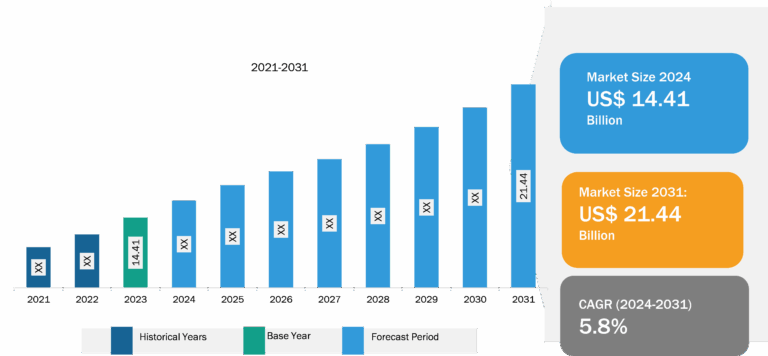
US Electronic Health Record Market
An electronic health record is an electronic version of a patient’s medical history that is maintained by the provider over time and may include all of the key administrative and clinical data, including demographics, progress notes, problems, medications, vital signs, past medical history, immunizations, laboratory data, and radiology reports, under a particular provider. The electronic health record automates access to information and has the potential to streamline the clinician’s workflow. The electronic health record can also support other care-related activities directly or indirectly through various interfaces, including evidence-based decision support, quality management, and outcomes reporting. Increasing adoption of electronic health records, rising incentives by the federal government, and growing incidences of medication errors are driving the market growth.
Report Segmentation and Scope:
The “US electronic health record market” is segmented on the basis of installation type, type, application, and end user. Based on installation type, the market is segmented into cloud-based and on-premise. In terms of type, the US Electronic health record market is divided into acute electronic health records, ambulatory electronic health records, and post-acute electronic health records. By application, the market is segmented into clinical records, administrative tasks and billing, physician support, and patient portals. Based on end users, the market is segmented into hospitals and clinics, physician’s offices/specialty care centers, and ambulatory surgical centers.

Growing Incidence of Medication Errors Drives Electronic Health Record Market Growth
A medical error is a nightmare scenario that can lead to serious repercussions. While most healthcare professionals and many consumers/clients/patients realize that humans are fallible, most take measures to ensure accuracy in all aspects of a patient care scenario. Yet, thousands of people unfortunately experience some form of medical error. As per a study performed by Johns Hopkins in 2018, medical errors are ranked as the third contributing cause of death in the US.
Electronic Health Records systems have evolved to support automated artificial intelligence, sometimes sifting through massive patient care files to analyze current and past prescriptions, laboratory tests, treatment plans, diagnoses, medical procedures, and even foods that a patient should stay away from when taking certain medications before or following medical treatment or procedure.
These statistics emphasize that most such medical errors are not implied to be caused by the lack of concern, inattentiveness, or outright misconduct on the part of physicians but rather the often-confusing lack of communication and access to complete medical records and histories.
The development of Electronic Health Records technologies can serve to reduce medical errors through more coordinated care enhanced by data sharing and immediate accessibility by any member of a patient’s healthcare team.
Growing Strategic Initiatives provide opportunities for market players in the US Electronic Health Record Market.
Health systems across the world are experiencing growing consumer engagement. Several established brands and start-ups are expanding their businesses beyond their national boundaries. For instance, the US-based Cleveland Clinic is expanding its markets in the UAE. An increasing number of mergers & acquisitions are being led by top companies, resulting in a significant growth of the Electronic Health Records market. In January 2021, Allscripts Healthcare Solutions partnered with the US Orthopedic Alliance (USOA) to bring about market-efficient infrastructure to assist orthopedic practices with agility, providing evidence-based guidelines to support evolving clinical protocols, improve Electronic Health Records implementation timelines, and create community-wide connectivity with value-based care analytics. In March 2022, CareCloud, Inc.’s management modified staff assignments for home care management and gave clinicians and administrators visibility and control over operational metrics.
Electronic Health Record Market: Competitive Landscape and Key Developments
Employee wellness solution companies include Oracle Corp, AltexSoft Inc, Veradigm Inc, Greenway Health LLC, eClinicalWorks LLC, Infor-Med Inc, Microwize Technology Inc, Athenahealth Inc, ChipSoft BV, CureMD.com Inc, AdvancedMD Inc, and PracticeSuite Inc are a few of the key companies operating in the US Electronic Health Record market. These companies adopt product innovation strategies to meet evolving customer demands, which allows them to maintain their brand name in the US Electronic Health Record market.
A few of the recent developments in the global US Electronic Health Record market are mentioned below.
- In November 2023, eClinicalWorks LLC launched AI assistant tools that easily translate medical documents into its patients’ native language within the electronic health record.
- In September 2023, Oracle announced significant additions to its healthcare solutions, including new cloud-based electronic health record capabilities, generative AI services, public Application Programming Interfaces (APIs), and back-office enhancements designed for the healthcare industry.
- In May 2022, Greenway Health launched Greenway Secure Cloud, a cost-effective, fully bundled, cloud-based electronic health record and practice management solution. This product increases the security of patient health information and practice records, eliminates the need to manage software upgrades, and provides scalable, all-inclusive pricing to clients. It helps protect against cybersecurity threats by safely managing provider data in a maximum-security center and regularly and consistently patching security concerns in the ever-changing landscape of ransomware and malware attacks. Greenway Secure Cloud also offers data uptime of 99.9 % per year with timely automated updates to certify compliance in a regulatory environment that can be challenging for practices to navigate on their own.

